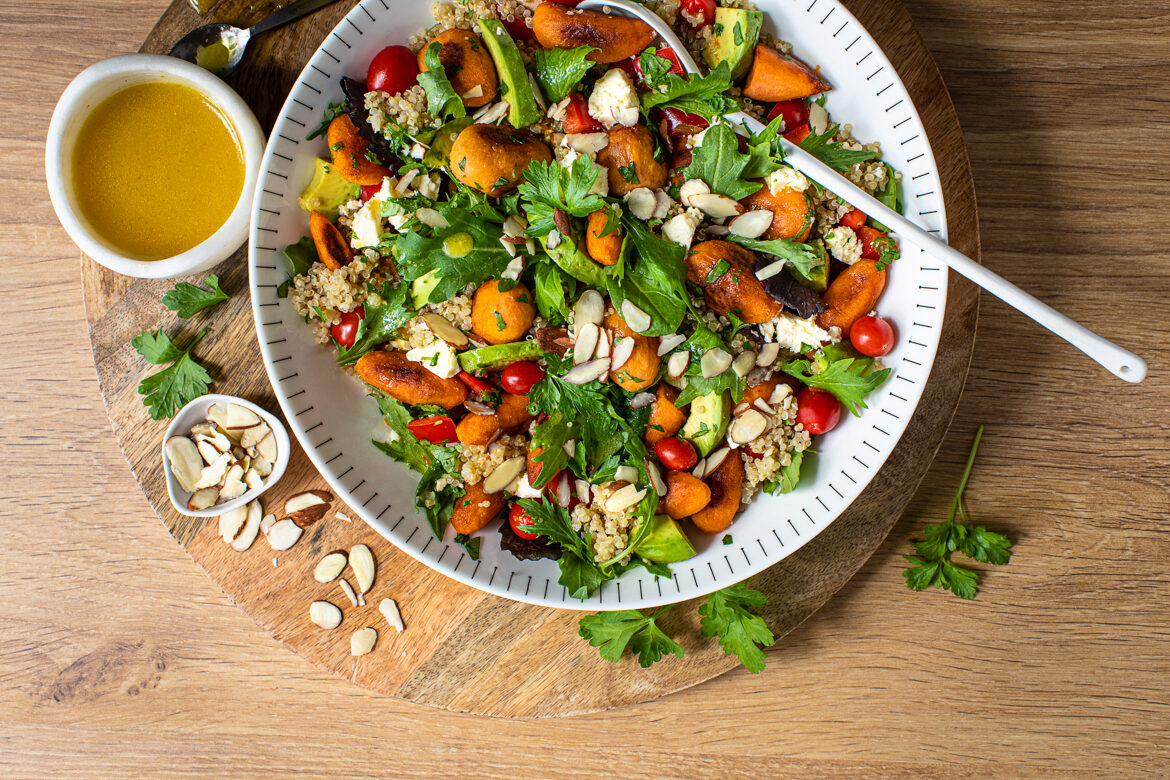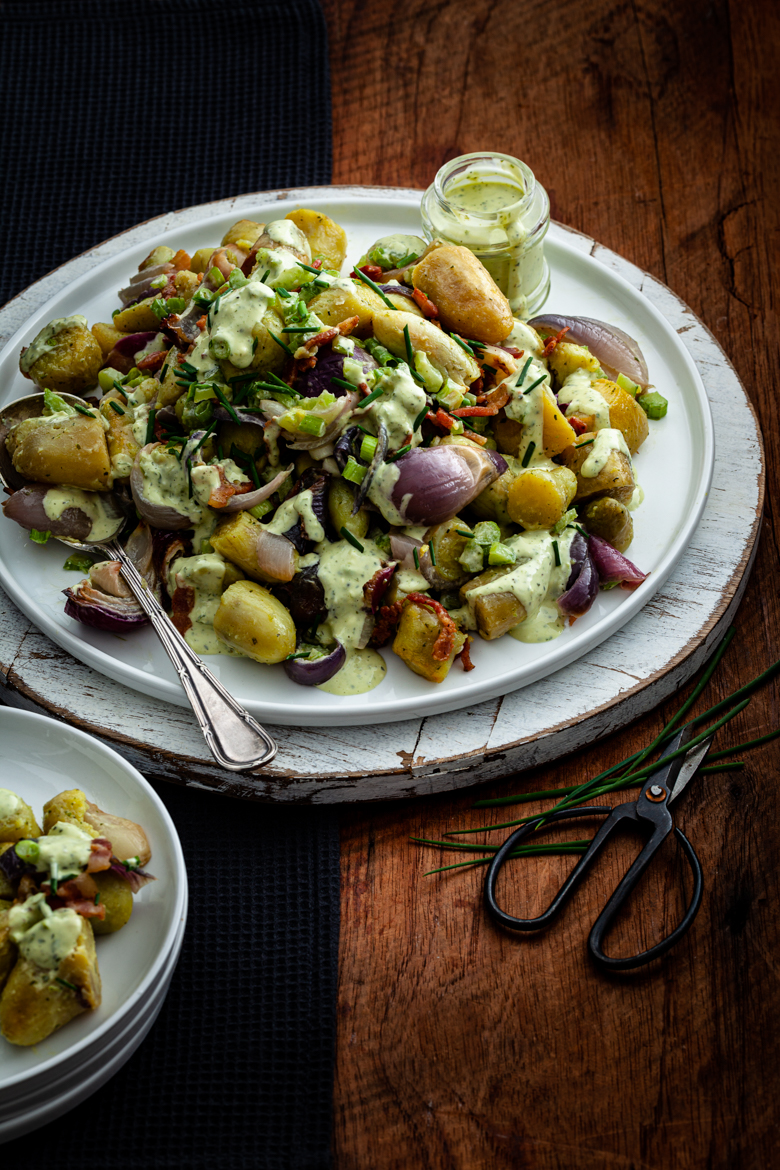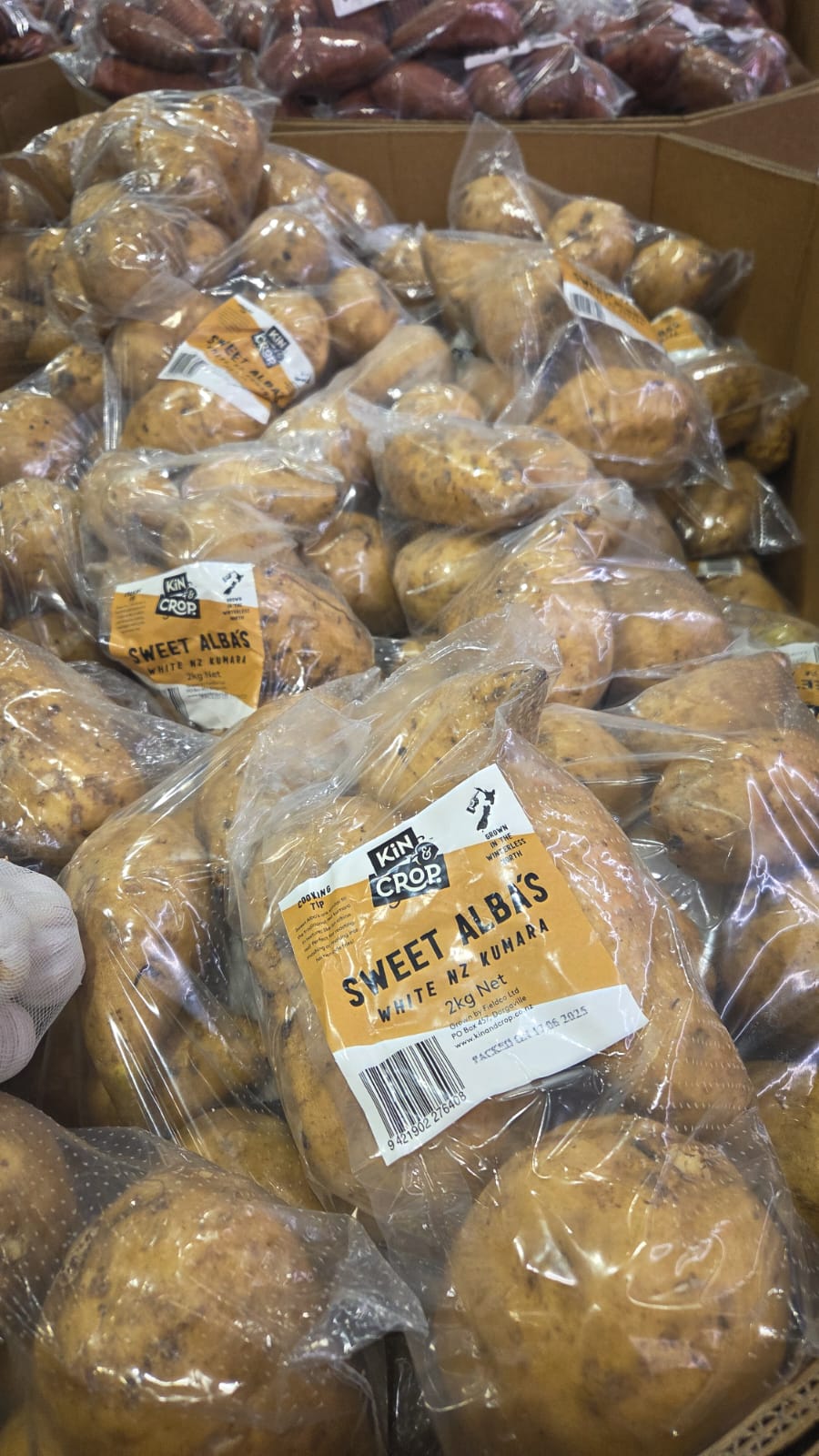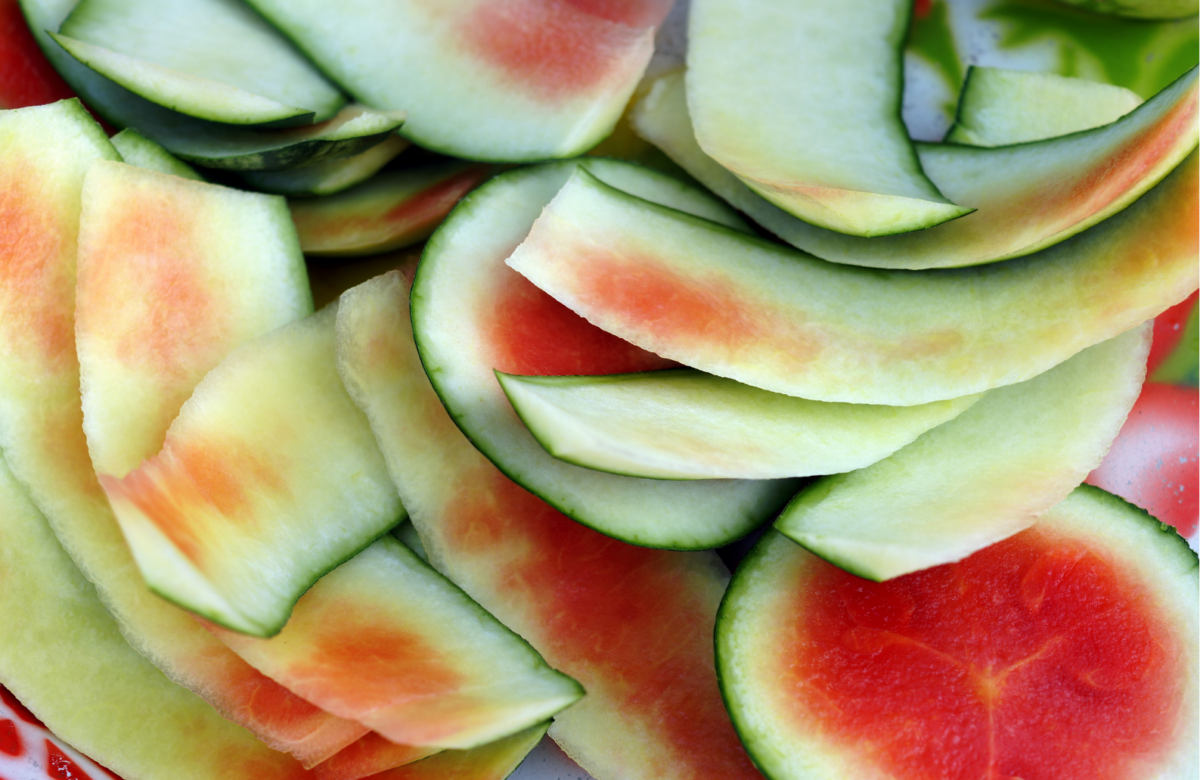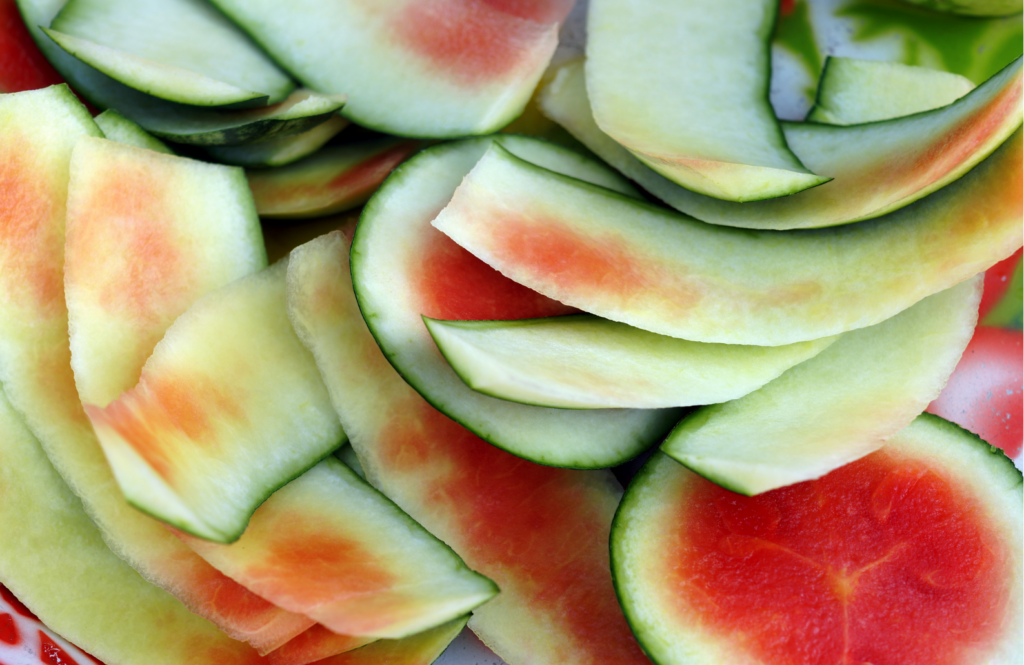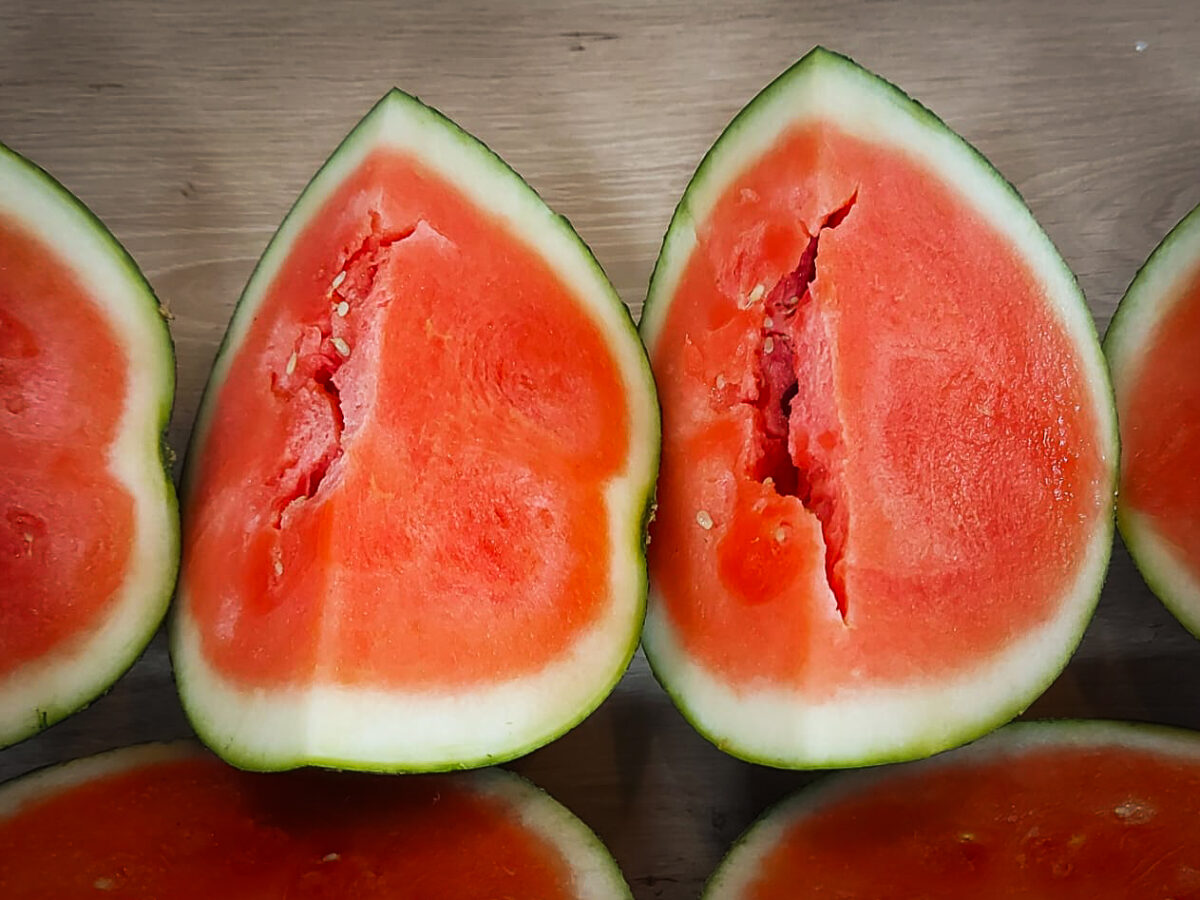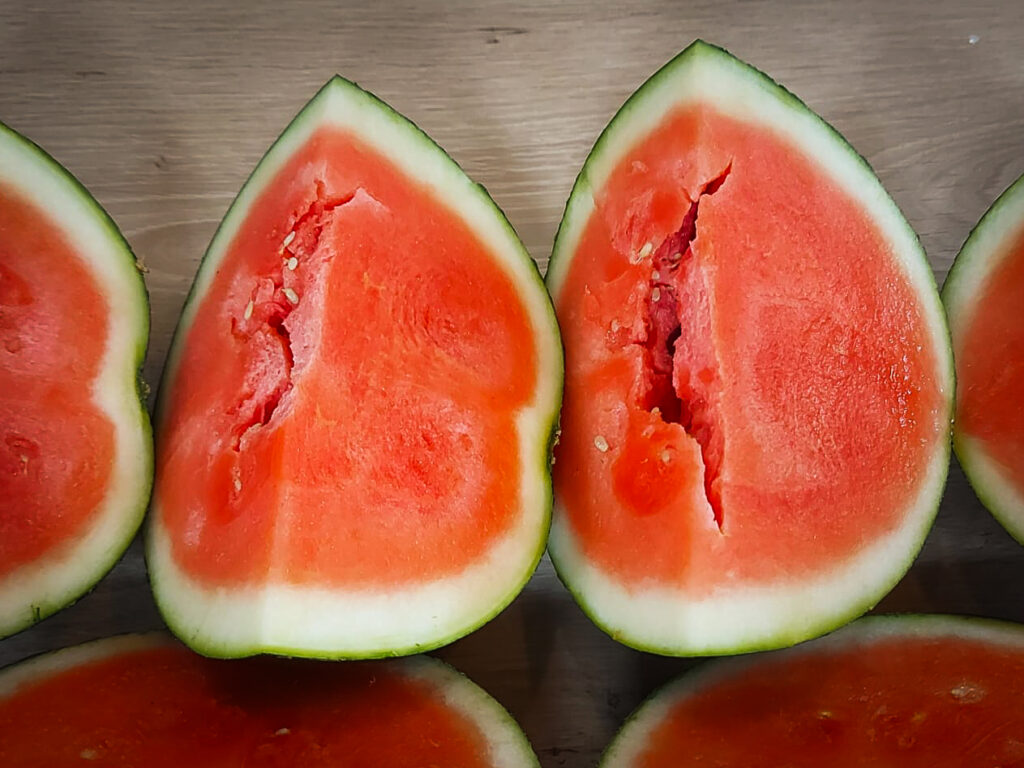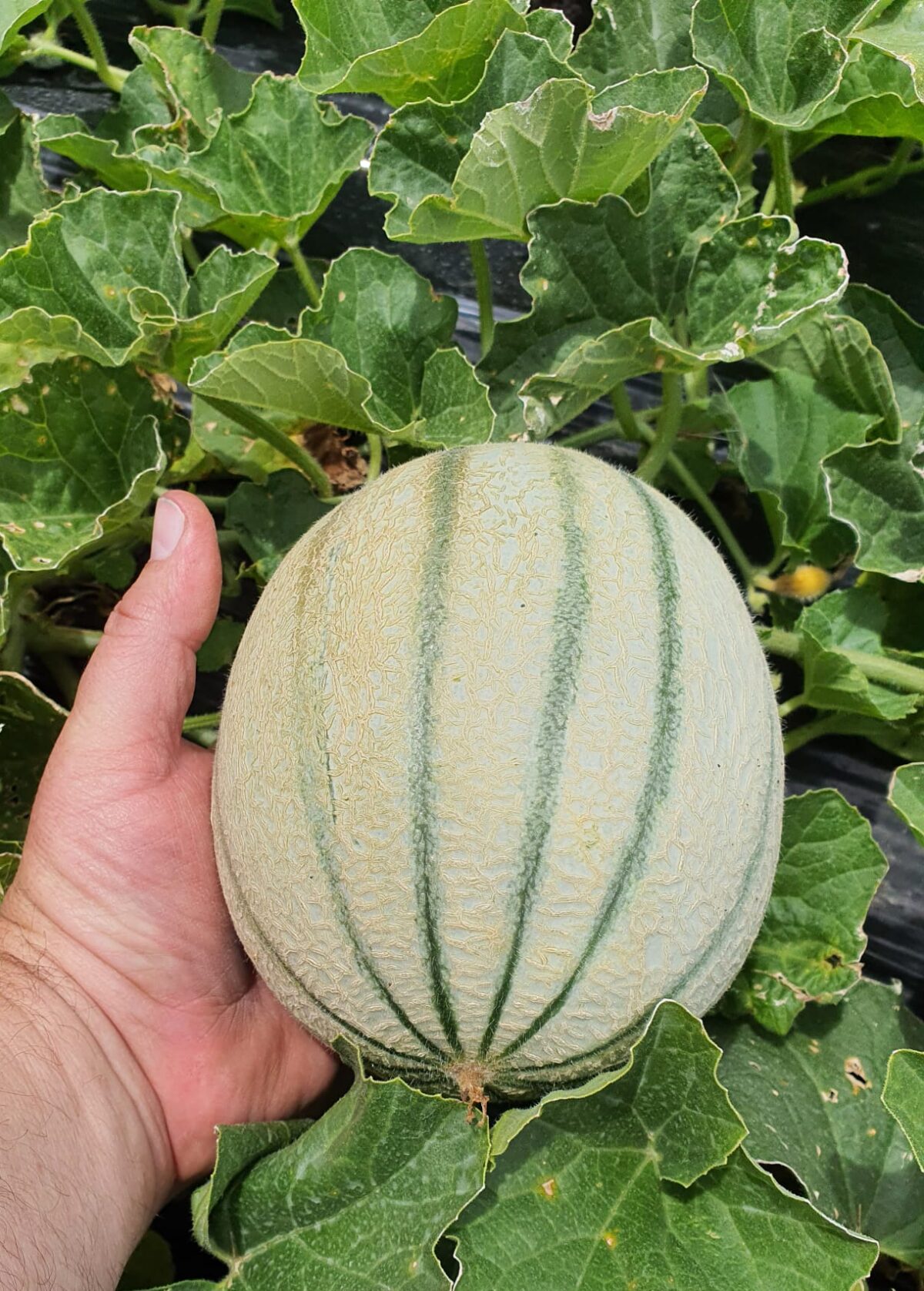What Are Yummo’s?
In short, Yummo’s are our peeled and frozen baby kumara. And yes, they really do live up to their name. They’re truly yumm-o!
Why Yummo’s Are Special
- Yummo’s are made from the smallest kumara in our crop.
- Normally, these baby-sized kumara wouldn’t make it to supermarket shelves because they don’t fit the required size standards.
- By using them, we reduce our harvest waste and make the most of every crop.
Kumara are only harvested once a year and a huge amount of effort goes into producing each crop from planting, water and pest management right through to the harvest. By creating our frozen Yummo’s, we’re able to bring more of this goodness to market, minimise food waste, and lessen our environmental impact…while giving you a unique, versatile product to enjoy!
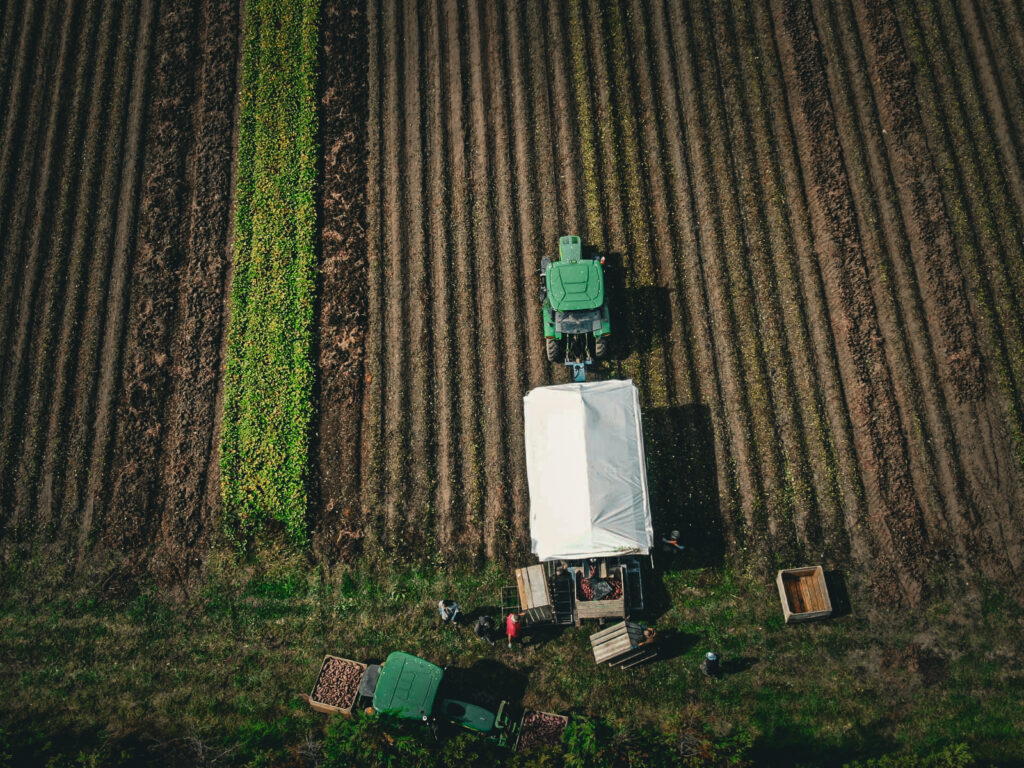
Why Use Yummo’s?
- No prep needed: prewashed, peeled, and ready to cook.
- Quick cooking time thanks to their small size.
- Less mess, fewer dishes: just grab what you need, cook, and enjoy.
Yummo’s help bring a touch of effort and finesse to the plate too! They look hand-prepared, even though all the hard work is already done for you. It’s a win-win!
Easy Recipe Ideas
As a side or appetiser: Roast or fry Yummo’s, sprinkle with sea salt, and serve with homemade aioli or a sweet chilli dip.
As a vegan-friendly main: Create a warm or cold kumara salad with Yummo’s, roasted onions and capsicum, topped with a green herb aioli. Check out our recipe here for a Yummo Salad
🍋 As a fresh side dish: Pair with lemon yoghurt dressing, a spoonful of basil pesto, roasted almonds, and chopped fresh herbs. Like our tasty Grilled Kumara recipe here
How to Cook Yummo’s
Deep fry
Heat oil to 180°C. Fry Yummo’s for about 12 minutes or until golden and crispy. Drain and shake off excess oil.
Roast
Preheat oven to 180°C. Place frozen Yummo’s on a lined tray, brush lightly with oil, and roast for 25-30 minutes, turning regularly, until golden on the outside and soft inside.
Air fry
Place Yummo’s in the air fryer with 1–2 tbsp oil. Cook for 20 minutes, or according to your airfryer settings, until golden and crispy.
Interested in hearing more or where you can purchase these from? See more on our Yummo’s product page here
More partial to the Orange Kumara variety? Try our Little Beau Peeps!
